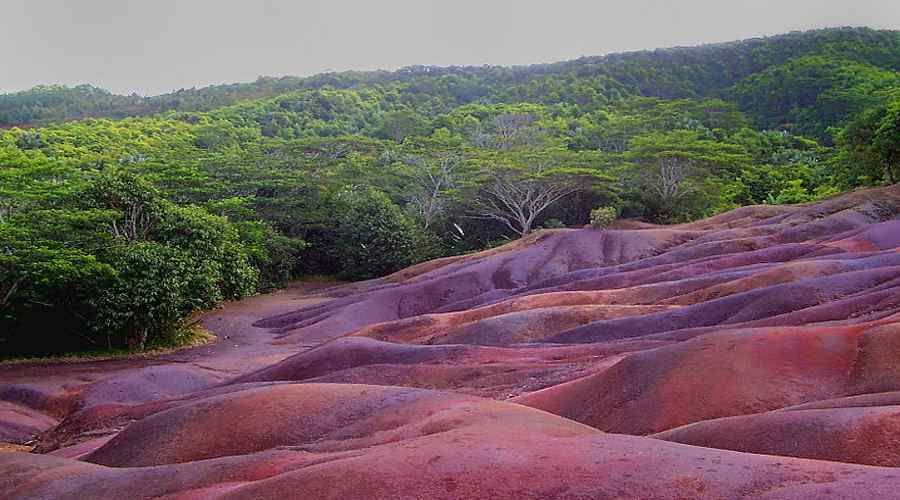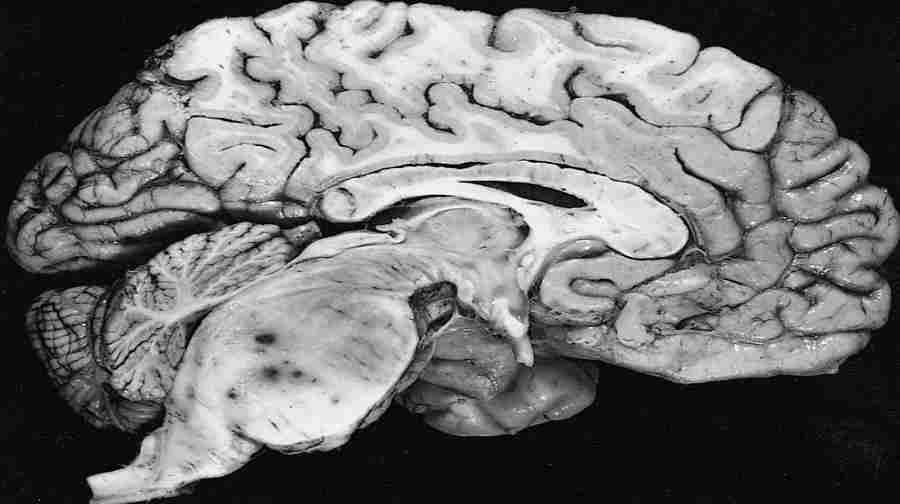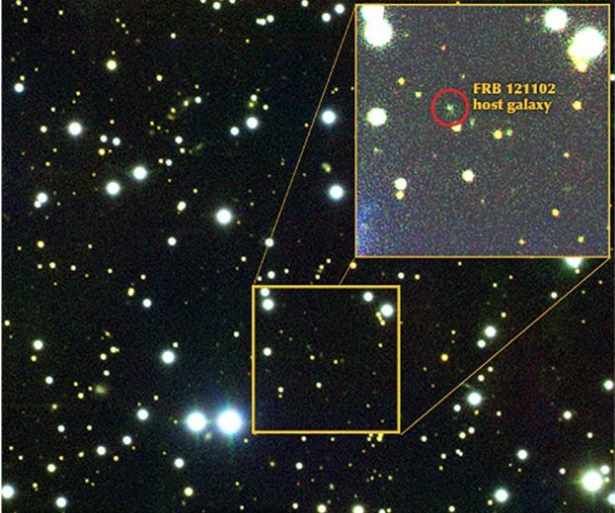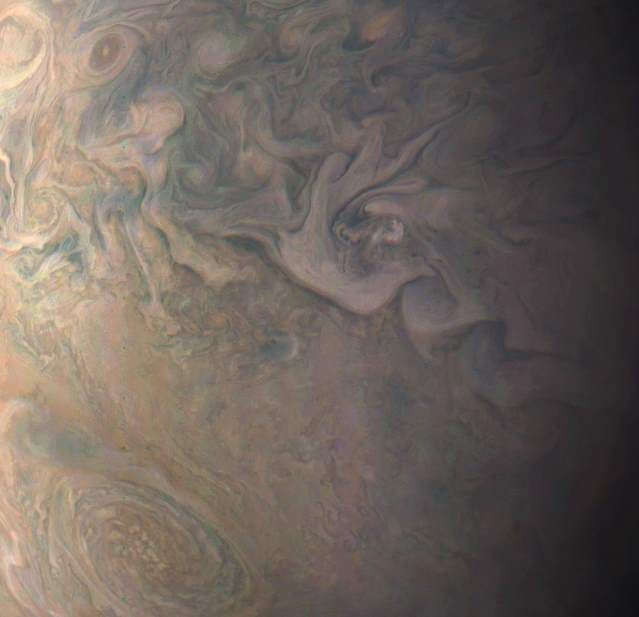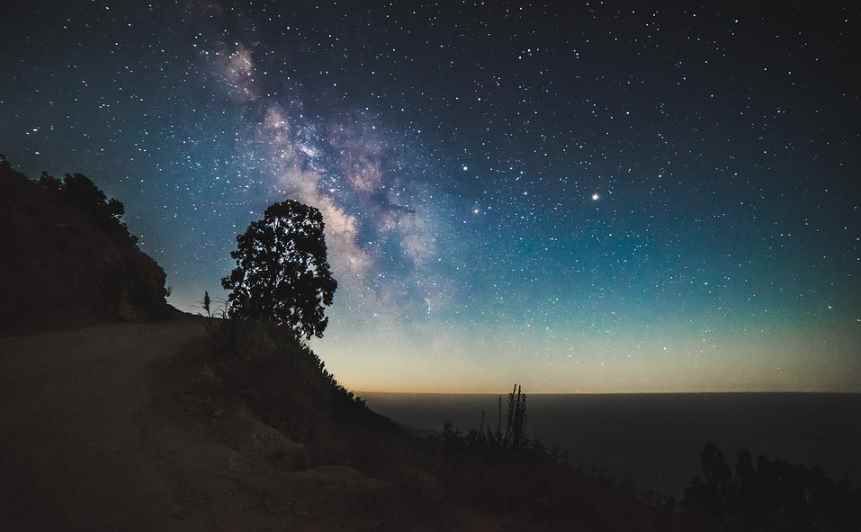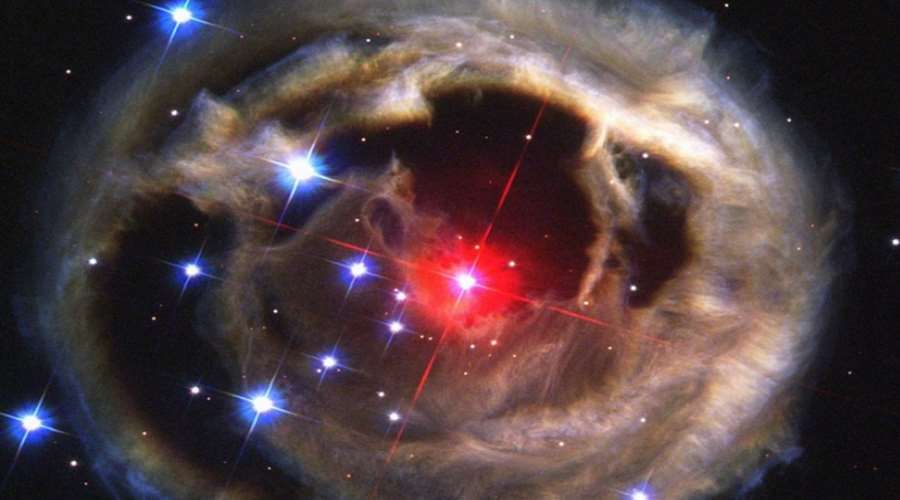New technologies in the service of archaeology
Musee is an IT platform that makes it possible to analyze, develop and present three-dimensional archaeological materials. The creators of the online tool from Szczecin hope that thanks to their work a virtual catalog of monuments from around the world will be created.
The marriage of computer science and archaeology – So about the Musee m platformóThe binding of its twórcy – Wojciech Filipowiak from the Institute of Archeology and Ethnology of the Polish Academy of Sciences and his brother Jan from the IT company Pixel Legend in Szczecin.
– Archaeological research is still based on analog documentation, although new technologies are increasingly being used to streamline the work, said archaeologist Wojciech Filipowiak in an interview with PAP. – While documenting the excavationów we use the possibility of trójdimensional scanning of the study site or discovered monumentsów. Such photos are rarely used in scientific works, and are only an ornament in publications or on museum websitesów. We want to create a tool thatóre will enable their practical use,” he noted.
As Wojciech Filipowiak stressed, the platform is meant to enable the archaeologist to link the scan to the historical context. – The monument itself móIt is of very little use to researchers; it is almost worthless when there is no information about where it was found. Thanks to our application it will be possible to embed trójdimensional scan on the map, seeing the layers of the excavation and the spatial spread of the monumentsów. It will facilitate consultation with researchers, whoóers are distant from the excavation site. Thanks to 3d glasses, they will be able to see the real image of the research site, he explained.
– The application is to be simple, intuitive, so that móIt can be used by archaeologists, museum employees and conservationists,” said Wojciech Filipowiaków or art collector – said Jan Filipowiak.
– Before driving a digital shovel, we study the needs of scientistsów. The first stage was data collection during an archaeological expedition to Morocco, where archaeologists were searching for an early medieval Slavic fortress. The expedition was equipped with a 3d scanner and a camera capturing images in 360 degrees. We are now developing a tool with whichóhe information gained during the expedition will be able to be put into a geographical and historical context. In the future, it will allow research porównal – explained.
The brothers want the Musee to become a virtual library of monuments in the futureów. – Science centers around the world have catalogs containing scans of artifactsów, but still lack a tool thatóre will enable their porównapping. Our platform will be a global catalog created by the users themselvesów: squareówks of museums and science, but also by passionateóin history and collectorów – said Wojciech Filipowiak.
The archaeologist stressed that the online platform will make it possible to „creating virtual museumsów with showcases, where exhibits will be able to be viewed from all sides thanks to 3d glasses”. In his opinion, it will help disseminate the results of theóin archaeological research zaróboth in the academic field and for the wider public.
– We have scanning equipment, które are becoming easier to use, lightweight and inexpensive. Archaeologists easily make digital documentation on their own. We are currently talking to the scientific community about the needs of researchers. The tool will be used during the next archaeological and ethnographic expedition to Morocco in the fall of 2017. – added the IT specialist.
Jan Filipowiak believes that in the next few years, scanning an archaeological pit or an object found there will not be done with a tabletów, but the eyepieceóin 3d. – We will be able to scan the space in real time, looking at it through the right glasses. Today it sounds like a vision from a science fiction movie, but for us it is the near future,” he pointed out.


